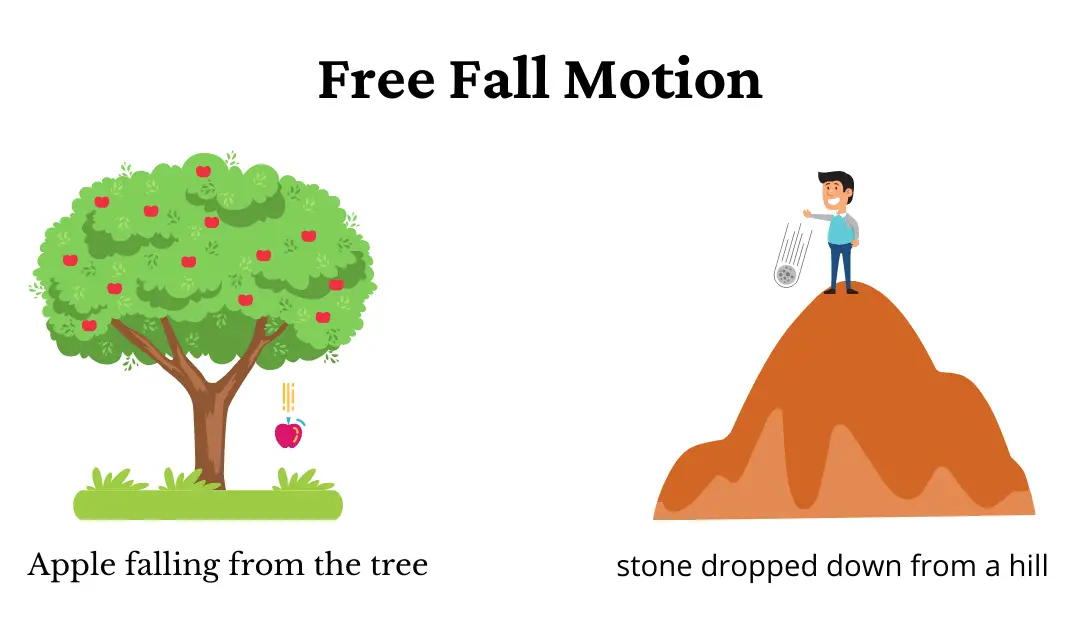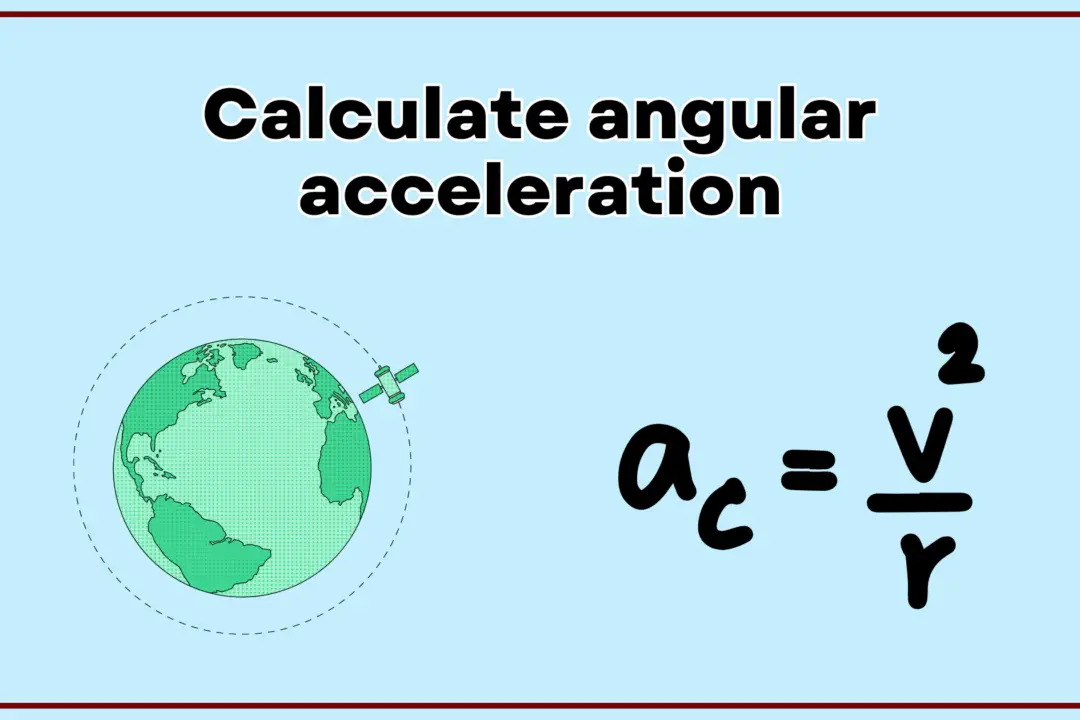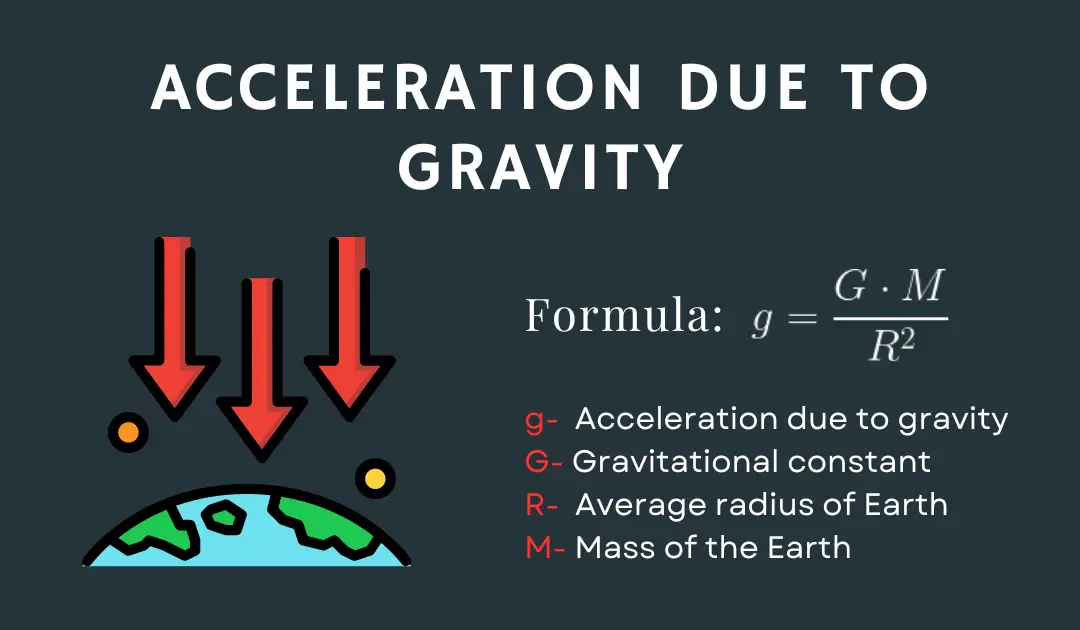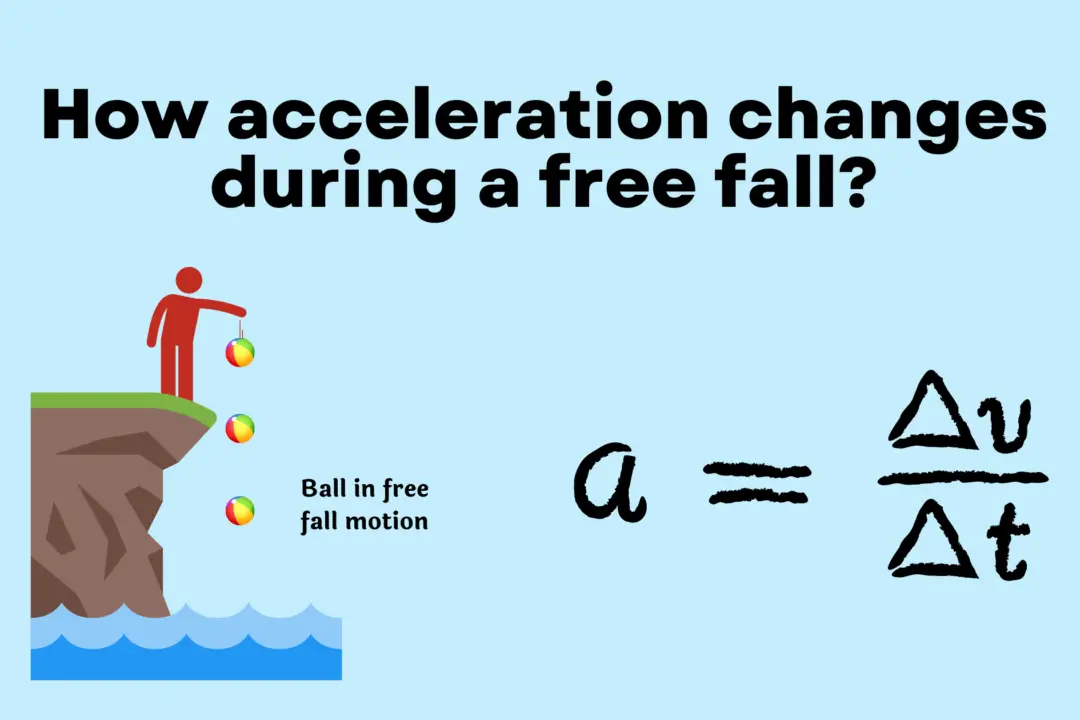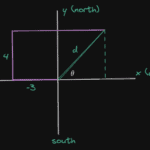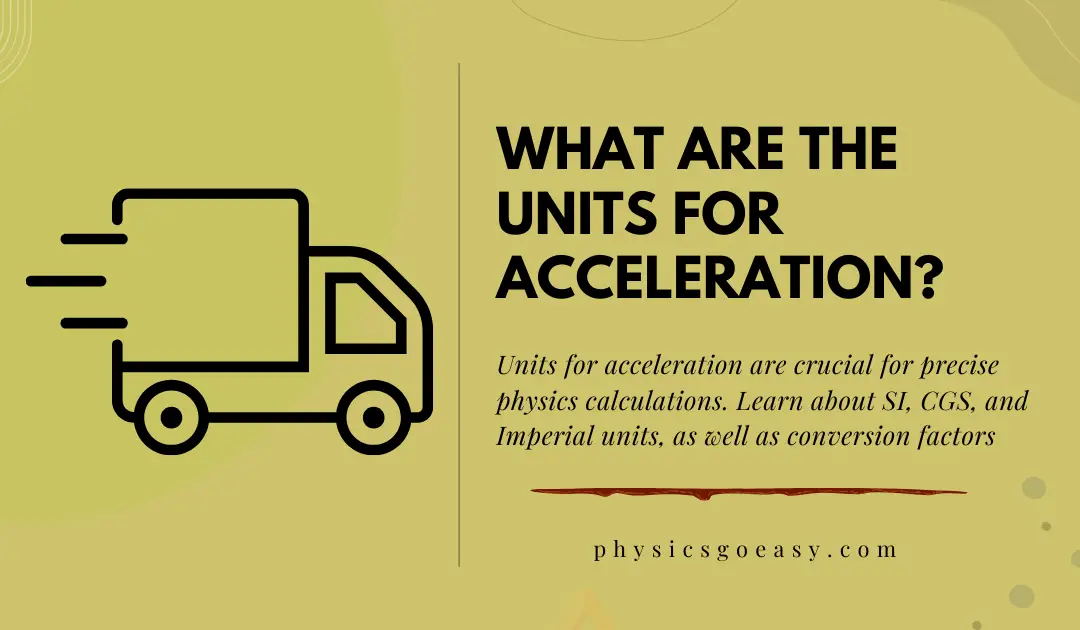Question: A student measures the distance traversed in free fall of a body, initially at rest, in a given time. He uses this data to estimate g, the acceleration due to gravity. If the maximum percentage errors in measurement of the distance and the time are $e_{1}$ and $e_{2}$ respectively, the percentage error in the estimation of g is: [PMT/NEET-2010]
a. $e_{2}-e_{1}$
b. $e_{1}+2e_{2}$
c. $e_{1}+e_{2}$
d. $e_{1}-2e_{2}$
Answer: b. $e_{1}+2e_{2}$
Solution:
$h = ut + \tfrac{1}{2}gt^{2}$
$\Rightarrow h = \tfrac{1}{2}gt^{2} \quad (\text{body initially at rest})$
$\Rightarrow g = \frac{2h}{t^{2}}$
Taking natural logarithm on both sides, we get,
$\ln g = \ln h – 2\ln t$
Differentiating,
$\frac{\Delta g}{g} = \frac{\Delta h}{h} – 2 \frac{\Delta t}{t}$
For maximum permissible error,
$\left(\frac{\Delta g}{g} \times 100\right)_{\max} = \left(\frac{\Delta h}{h} \times 100\right) + 2\left(\frac{\Delta t}{t} \times 100\right)$
According to problem,
$\frac{\Delta h}{h}\times 100 = e_{1} \quad \text{and} \quad \frac{\Delta t}{t}\times 100 = e_{2}$
Therefore,
$\left( \frac{\Delta g}{g} \times 100 \right)_{\text{max}} = e_{1} + 2e_{2}$

